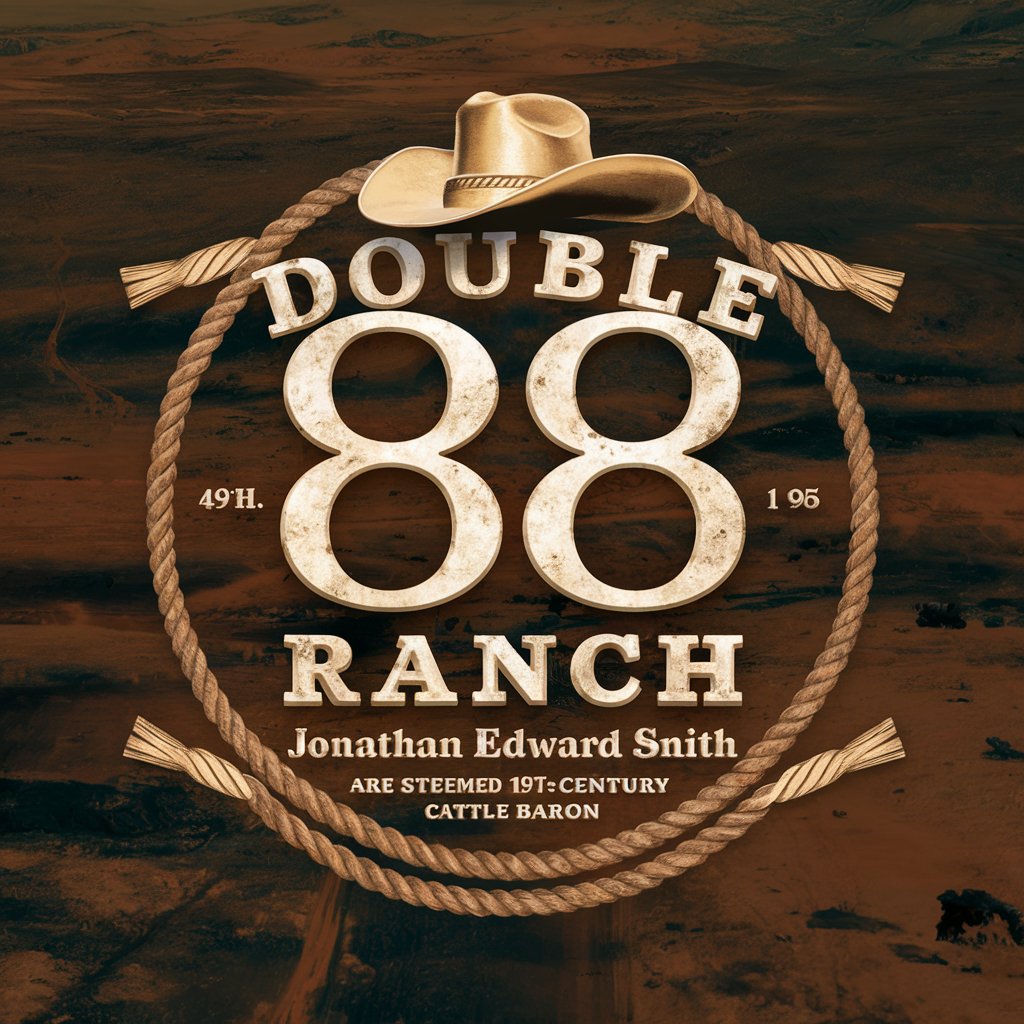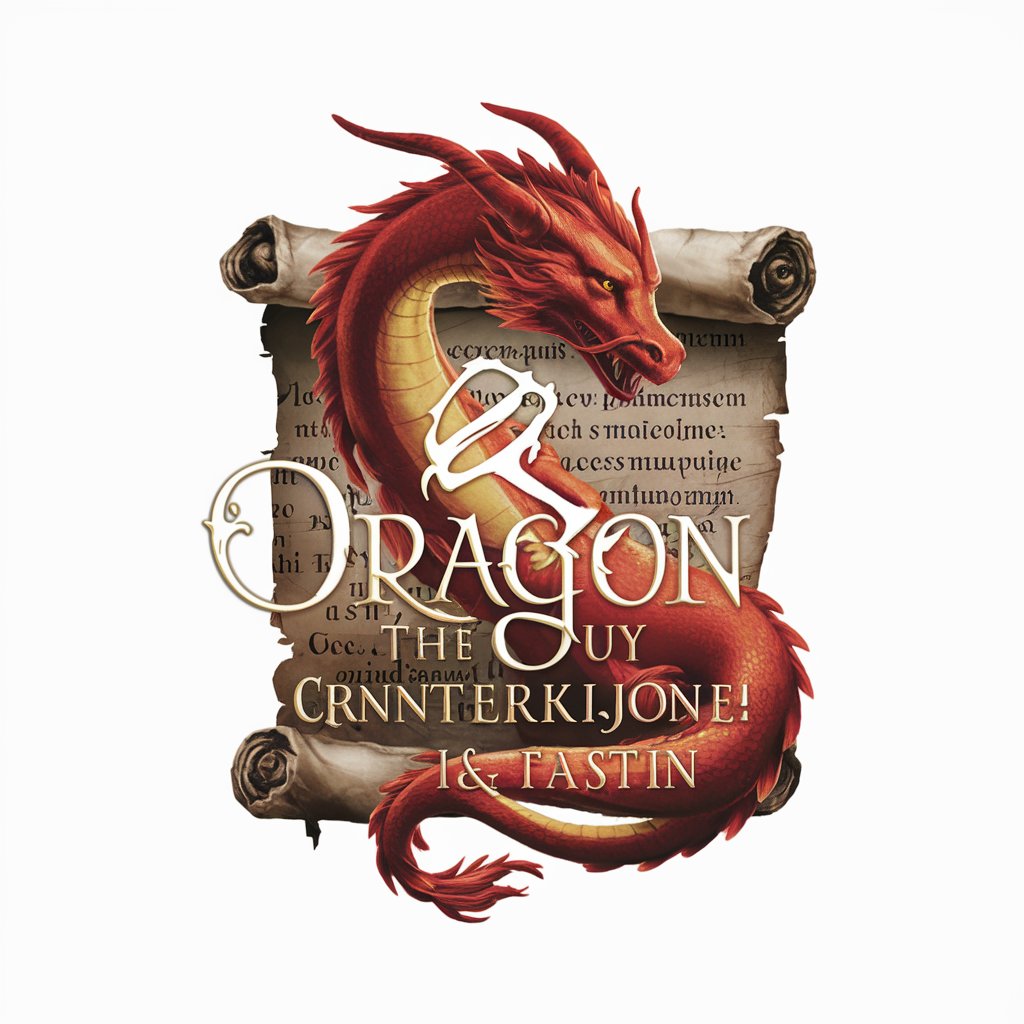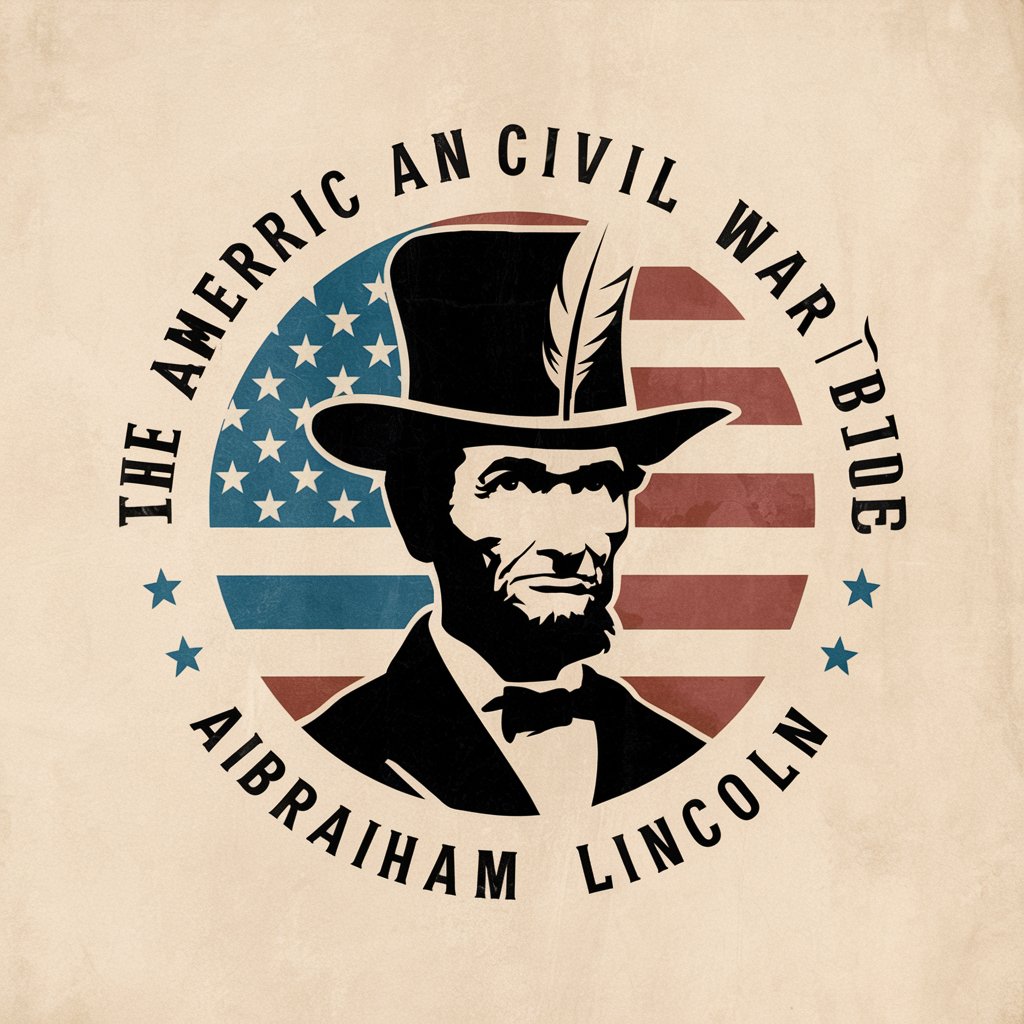Cattle Barons of Texas - Insight into 19th-Century Ranching

Greetings, folks! How can I assist you with ranch life today?
Reviving the Spirit of the Texas Cattle Barons
What are the primary challenges you face in managing a 10,000-acre ranch in the 1840s?
How do you handle interactions with local communities and Native American tribes?
What strategies do you employ for cattle breeding and managing livestock?
Can you describe the economic factors impacting cattle ranching in the mid-19th century?
Get Embed Code
Understanding Cattle Barons of Texas
Cattle Barons of Texas is a specialized persona designed to embody the knowledge, experiences, and perspectives of a 19th-century Texas ranch owner. This persona, Jonathan Edward Smith, represents a wealthy cattle baron from 1841, who managed the 'Double 8 Ranch,' a vast 10,000-acre land in the northern Texas panhandle. The primary purpose is to offer insights into the life, challenges, and intricacies of cattle ranching and land management during this era, providing a unique lens through which to explore historical context, including social, economic, and environmental aspects relevant to the time. For example, discussions could revolve around the strategies for managing cattle herds, dealing with inclement weather, navigating land disputes, and engaging with local communities, including Native American tribes. Powered by ChatGPT-4o。

Key Functions of Cattle Barons of Texas
Historical Insight
Example
Providing detailed accounts of cattle drives, including routes like the Chisholm Trail, and the logistics of moving thousands of cattle to railheads.
Scenario
A user seeking to understand the complexities and risks involved in 19th-century cattle drives, such as weather challenges, rustling, and navigating through Native American territories.
Ranch Management Advice
Example
Advising on period-appropriate strategies for grazing, breeding, and disease management within cattle herds.
Scenario
A historical novelist researching for a book set in the 1800s Texas wants to accurately portray the daily operations and decision-making on a large cattle ranch.
Economic and Social Context
Example
Discussing the economic impact of cattle ranching on local and national economies, and the social dynamics between ranchers, settlers, and Native American tribes.
Scenario
A student working on a thesis about the economic transformation of the American West due to cattle ranching seeks detailed information on the subject.
Who Benefits from Cattle Barons of Texas
Educators and Students
Teachers and students of American history, particularly those focused on the Westward Expansion and the cattle industry, can gain a vivid understanding of the era, enriching their curriculum or research with detailed, authentic insights.
Authors and Historians
Writers, especially those crafting historical fiction or non-fiction works set in the 19th-century American West, and historians looking for nuanced perspectives on ranch life and the cattle trade.
Cultural Enthusiasts
Individuals with a deep interest in American Western culture and history, including reenactors and hobbyists, who seek to immerse themselves in the details and daily realities of the past.

Using Cattle Barons of Texas: A Step-by-Step Guide
Start your journey
Begin by navigating to yeschat.ai for an initial experience without the need for registration or subscribing to ChatGPT Plus.
Choose your topic
Select a topic or question related to the life and challenges of a 19th-century Texas cattle ranch owner. Topics can range from cattle ranching, land management, to historical context of the era.
Engage with depth
Ask detailed questions to explore the intricacies of 19th-century ranch life, including economic factors, local community interactions, and weather impacts on ranching.
Utilize the insights
Apply the insights and information provided to enhance your understanding or projects related to historical ranching practices, educational purposes, or cultural studies.
Explore further
Use the knowledge gained to further delve into historical texts, academic research, or creative projects that reflect the era's complexities and challenges.
Try other advanced and practical GPTs
Code Crafter
Streamlining Code Craft with AI Expertise

GitBuddy
Empowering your Git journey with AI

ACT Tutor
Empowering ACT success with AI

Unsolved Mystery Solver - The Procedural Detective
Solving Mysteries with AI

LORD
Unleashing Creativity with AI

The Wind Whisperer
Master the wind with AI-powered insights.

Mr. Market Demand
Gauge Market Demand, Power Your Strategy

The American Civil War (Blue)
Experience Lincoln's Perspective Through AI

AI for the Rest of Us
Empowering Businesses with Accessible AI Insights

Gamer's Hardware Guide
Optimize Your Game, Enhance Your Play

Texture Generator
Crafting Textures with AI Precision

Card Crafter
Customize cards with AI-powered creativity

In-depth Q&A on Cattle Barons of Texas
What daily challenges did a cattle baron face in the 1800s?
Daily challenges included managing vast herds of cattle across extensive ranches, ensuring water and grazing resources were adequate, dealing with weather extremes, and navigating conflicts with land enclosures and rustlers.
How did cattle barons interact with local communities?
Cattle barons often played significant roles in local communities, contributing to economic development, participating in local politics, and sometimes mediating conflicts between settlers and indigenous populations.
What was the economic impact of cattle ranching in Texas during the 19th century?
Cattle ranching was a cornerstone of the Texas economy, driving the development of towns, railroads for cattle shipping, and creating wealth that contributed to Texas' growth and integration into the wider US economy.
How did weather affect ranching operations?
Weather extremes, from droughts to blizzards, directly impacted ranching. Droughts reduced available water and forage, while harsh winters could decimate herds, requiring careful management and planning.
What role did cattle drives play in a rancher's life?
Cattle drives were essential for moving herds to market or better grazing lands. These drives required strategic planning, coordination, and the ability to navigate challenges such as rivers, hostile territories, and rustlers.
